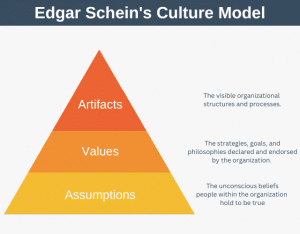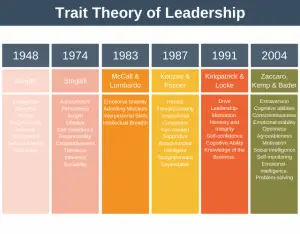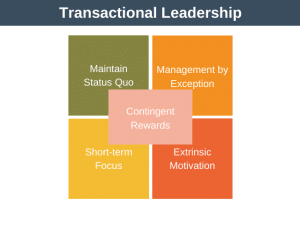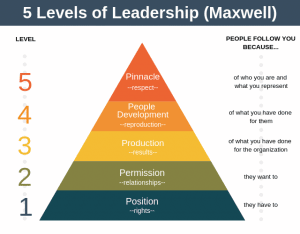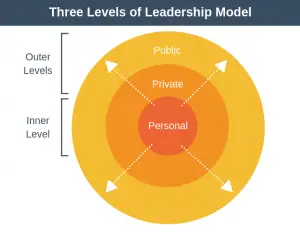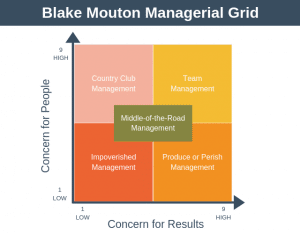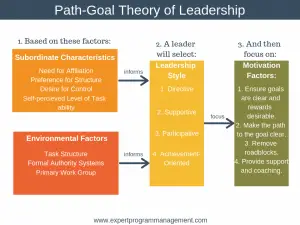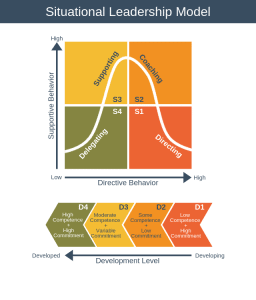Mintzberg’s Managerial Roles are a set of roles that managers undertake on a daily basis.
As a manager, you wear many different hats. In a single day, you might motivate your team, give a presentation to the board, negotiate with a supplier, analyze data, and resolve a conflict between two team members.
Background
Henry Mintzberg (born 1939) is a Canadian academic and member of the Strategic Management Society.
He is the author of numerous books on business and management and first wrote about Mintzberg’s Management Roles in his 1990 book, “Mintzberg on Management: Inside our Strange World of Organizations.”
Suppose you wanted to train a team member to be a manager like you. How would you describe what it is that you actually do?
Before Mintzberg’s Managerial Roles, theories describing the tasks performed by managers tended to be theoretical and vague. For example, Henry Fayol’s Five Functions of Management model, developed in 1916, described a manager’s role as planning, organizing, commanding, coordinating, and controlling.
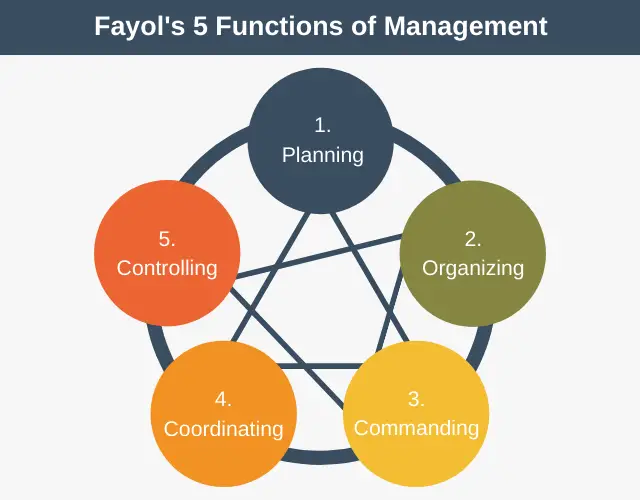
Mintzberg thought that this was too vague and theoretical. Instead of theorizing about what managers should do, he studied what managers actually do during their working days.
From these studies, Mintzberg noticed that managers don’t spend their time planning and organizing in an orderly fashion. Instead, most managers lead hectic lives where they jump between entirely different problems and tasks multiple times per day. Managers must be a combination of proactive yet reactive along with controlling yet flexible.
These studies led Montzberg to identify ten major roles managers perform, called Mintzberg Managerial Roles. These roles are:
- Figurehead.
- Leader.
- Liaison.
- Monitor.
- Disseminator.
- Spokesperson.
- Entrepreneur.
- Disturbance Handler.
- Resource Allocator.
- Negotiator.
Mintzberg organized these ten roles into three broad categories.
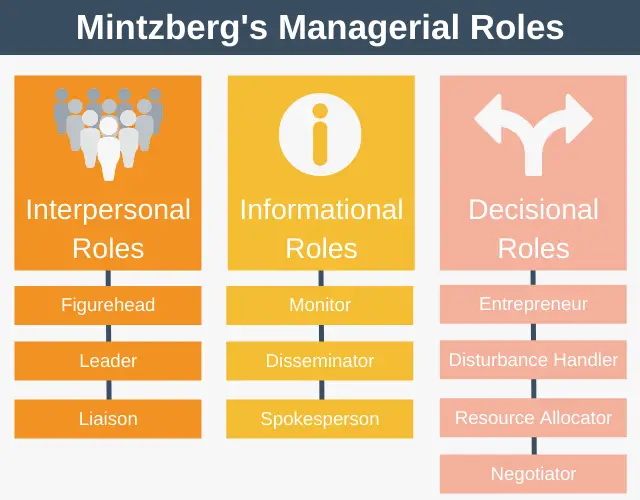
Interpersonal roles concern how you interact with others. Informational roles involve collecting and transmitting information, and finally, Decisional roles involve how you make decisions.
Let’s take a deeper look at Mintzberg’s Managerial roles along with examples of each.
Interpersonal Roles
Interpersonal roles concern your relationships with others as a manager.
1. Figurehead.
As a manager, you are a figurehead because of your formal authority as head of your team, and with this, you are responsible for performing ceremonial duties. Examples:
- Taking a customer out to lunch.
- Attending an employee’s wedding.
- Giving an award to an employee.
2. Leader.
As a manager, you are responsible and accountable for your team’s work, and you must lead your team to perform great work. This role involves both leading and managing your team. Examples:
- Coaching a team member.
- Encouraging your team.
- Giving feedback.
- Defining a team member’s responsibilities.
- Delegating tasks.
3. Liaison.
As a manager, you have to connect your team to others outside of the vertical chain of command on behalf of your organization. This can mean working with both internal and external contacts. Examples:
- Working with a customer.
- Meeting with a supplier.
- Working with a recruitment specialist.
Informational Roles
The roles within this category concern how you collect and share information.
4. Monitor
As a manager, you need the monitor the work of your team. You also need to monitor what’s going on elsewhere in your organization. You must identify which information is important and which is not. This information doesn’t just have to be factual; you can also monitor gossip and speculation. Examples:
- A conversation with a member of your network.
- Online research.
- Reading reports.
Once you’ve collected valuable information, you are now in a position to disseminate it, which is the next role.
5. Disseminator
You act as a disseminator whenever you communicate information, in either written or verbal format. Examples:
- You share your annual plan with your team.
- You inform your team of how you will restructure it to implement your organization’s new strategy.
6. Spokesperson
You act as a spokesperson whenever you share information outside of your team. Again, this can be either written or verbal communication. Examples:
- You give a media interview.
- You share your organization’s plans with a supplier.
- You speak at a conference.
Decisional Roles
The roles within this category concern how you, as a manager, make decisions. Mintzberg regards these roles as the most important for a manager.
7. Entrepreneur.
As a manager, you have to develop new and innovative ideas to improve your organization’s products, services, and processes. You also have to react to changing circumstances and market conditions quickly. Examples:
- You identify an opportunity to improve a process.
- You identify an opportunity to cut costs.
- You solve a long-running problem.
8. Disturbance Handler.
You act as a disturbance handler whenever you react to problems, issues, conflicts, disputes, or roadblocks that occur. These disturbances or crises could be external or internal to your team. Examples:
- You mediate a disagreement between two team members.
- You quickly help your team switch to remote working during a pandemic.
9. Resource Allocator.
Being a resource allocator means that you have to decide where to allocate your people and budget. This will involve planning, scheduling, and budgeting. Examples:
- You decide to allocate 70% of your budget to short-term projects and 30% to longer-term projects.
- You manage a startup and decide to commit 90% of your team to research and development (R&D) and just 10% to operations.
10. Negotiator.
You act as a negotiator whenever you engage in a negotiation. This could be with customers, suppliers, or new hires, amongst others. Examples:
- You negotiate the salary of a newly hired team member.
- You negotiate a contract with a supplier.
When to Use Mintzberg’s Managerial Roles
There are many situations when you might want to use Mintzberg’s Managerial Roles, including when you want to:
- Write a job description to help you hire a manager.
- Develop comprehensive training for members of your team looking to become managers.
- Assess your own weaknesses as a manager and create a plan to address them.
How to Use Mintzberg’s Managerial Roles
You can use Mintzberg’s Managerial Roles when you’re looking to assess and develop the managerial competence of yourself or others. To help you with this task, we’ve produced a Mintzberg Managerial Role Template PDF, which you can download here.
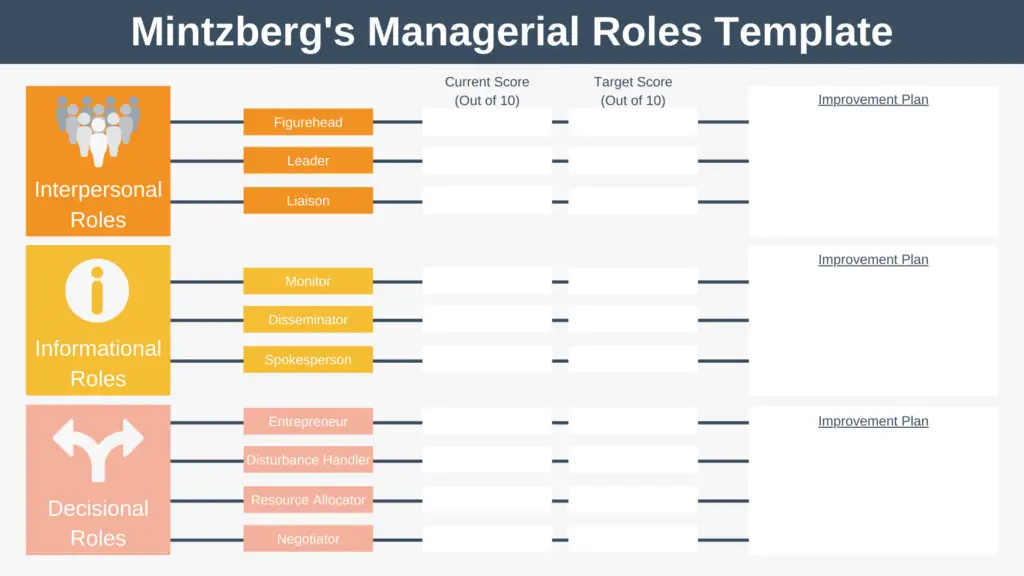
To use the template to assess your management skills, first, score yourself out of ten for each management role. Next, determine the target score for each role.
Note that not every role will need a target score of 10. For example, suppose you’re managing a small team but don’t have line management responsibility and don’t tend to work with others outside the team. In that case, you probably don’t need to target a 10 for your negotiation skills. Perhaps, in this case, a 3 would suffice.
Once you’ve identified areas that you need to improve, the final step is to create a plan to develop these areas. Enter your plans to improve each area into the template.
Advantages and Disadvantages
There are several advantages and disadvantages associated with Mintzberg’s Managerial Roles.
Advantages
- The roles were developed by observing what managers actually do rather than thinking about what managers should do.
- It allows you to assess current capability and create a plan to improve.
Disadvantages
- What managers actually do isn’t necessarily what managers should do.
- There is overlap between some of the roles; for example, Liaison and Spokesperson are very similar.
- Mintzberg’s Managerial Roles provides no instruction on how to improve your skills for any of the roles. That is up to you.
Summary
When developing Mintzberg’s Managerial Roles, Henry Mintzberg looked at what managers actually spend their day doing rather than thinking about the role of a manager in a theoretical way.
This led him to develop ten management roles, split across three categories: interpersonal, informational, and decisional.

